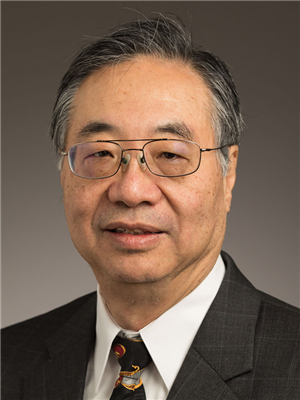Lui Sha

Education
- Ph.D., ECE, Carnegie Mellon University, Pittsburgh, PA, USA, 1985
Biography
Lui Sha graduated with Ph.D. from CMU in 1985. He worked at the Software Engineering Institute from 1986 to1998. He joined UIUC in 1998 as a full professor. Currently, he is Donald B. Gillies Chair Professor of Computer Science Department and Daniel C. Drucker Eminent Faculty at UIUC’s College of Engineering. He is a fellow of IEEE and ACM, and a recipient of the IEEE Simon Ramo Medal for exceptional achievement in systems engineering and systems science. He was a member of National Academic of Science’s Committee on Certifiably Dependable Software Systems and a member of NASA Advisory Council.
He led the research, development, and the transition to practice on real-time and embedded computing technologies, which were cited as a major accomplishment in the selected accomplishment section of the 1992 National Academy of Science’s report, “A Broader Agenda for Computer Science and Engineering” (P.193). He led a comprehensive revision of IEEE standards on real-time computing, which have since become the best practice in real-time computing systems. Now it has been widely used in real-time systems such as airplanes, robots, cars, ships, trains, medical devices. His work on real-time and safety-critical system integration has impacted many high technology programs, including GPS, Space Station, and Mars Pathfinder. In recent years, his team has been working on autonomous vehicles.
His recent research includes: 1) Physics Model Edited DNN. A physics model is a validated low-dimensional model of causality with critical properties such as provable stability. DNN is a high-dimensional model of correlations that may capture not only unmodeled dynamics in physics model but also spurious corrections in the training samples (overfitting) that leads to outputs inconsistent with physical laws. Physics Edited DNN combines the best of the physical model and DNN model; 2) Medical GPS systems to dramatically reduce preventable medical errors, which are the misapplication of complex modern medical knowledge. Preventable medical errors claim 250,000 lives per year and are the third leading cause of deaths in the USA alone.
Research Interests
- Cyber-Physical Systems, Safe Autonomy, Medical Guidance Systems
Research Areas
Recent Courses Taught
- CS 424 – Real-Time Systems
- CS 431 – Embedded Systems
- CS 591 LRS – Improving Your Research Skills
- CS 598 LRS – Improving Your Research Skills